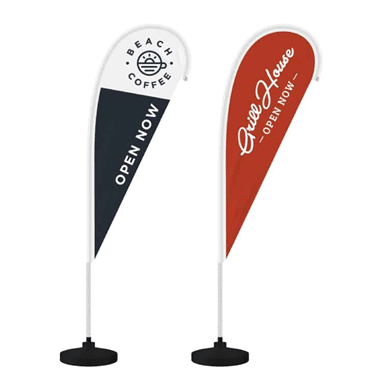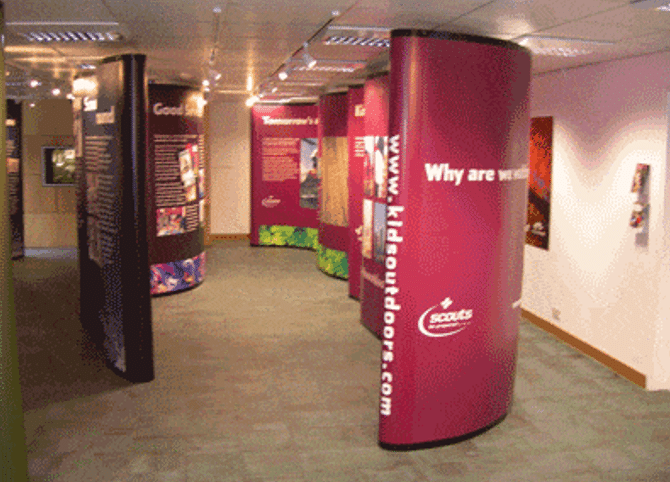In the competitive landscape of real estate, capturing a potential buyer’s attention is paramount. While online listings and virtual tours play a crucial role, the humble real estate sign remains a powerful, tangible touchpoint. However, a standard sign often fades into the background, lost amidst the visual noise of a bustling neighbourhood. To truly leverage this marketing tool, real estate professionals must embrace the power of eye-catching designs and strategic placement.
The traditional “For Sale” sign, while functional, often lacks the visual appeal necessary to resonate with today’s discerning buyers. Imagine a sign that does more than simply declare a property’s availability; imagine a sign that tells a story, evokes emotion, and compels action. This is the potential of a well-crafted, visually striking real estate sign.
The Psychology of Visual Impact
Human perception is inherently visual. We are drawn to vibrant colours, compelling imagery, and clear, concise messaging. A well-designed sign capitalizes on these principles, creating a memorable first impression. Consider the following:
Colour Psychology:
Employing colours that evoke specific emotions can be highly effective. For instance, blue conveys trust and stability, while green suggests growth and prosperity. A splash of vibrant colour, strategically applied, can transform a mundane sign into a visual magnet.
Typography and Readability:
A clear, legible font is essential. But beyond basic readability, typography can also convey personality. A bold, modern font can appeal to a younger demographic, while a classic serif font might resonate with a more traditional audience.
Imagery and Branding:
Incorporating high-quality photographs of the property or the surrounding area can create a sense of place and connection. A consistent brand identity, reflected in the sign’s design, reinforces professionalism and builds trust.
Strategic Placement and Design Elements
Beyond the aesthetics, strategic placement and design elements can significantly enhance a sign’s effectiveness.
Size and Visibility:
A larger, more visible sign will naturally attract more attention. Consider using double-sided signs or A-frame signs to maximize exposure.
Illumination:
In areas with low light or during evening hours, illuminated signs can provide a significant advantage. This ensures the property remains visible and accessible to potential buyers at all times.
QR Codes and Digital Integration:
Integrating QR codes that link to virtual tours, property details, or agent contact information can bridge the gap between physical and digital marketing. This allows potential buyers to access information instantly, enhancing engagement.
Material and Durability:
Selecting high-quality, weather-resistant materials ensures the sign remains visually appealing and legible over time. A faded or damaged sign can create a negative impression.
The “Silent Salesperson”
A well-crafted real estate sign is more than just a marker; it’s a “silent salesperson,” working tirelessly to generate leads and drive interest. It acts as a 24/7 advertisement, reaching potential buyers who may not have encountered the property through other channels.
By investing in high-quality, eye-catching signage, real estate professionals can elevate their marketing efforts, differentiate themselves from the competition, and, ultimately, boost property sales. In a market where first impressions matter, a visually compelling sign can be the difference between a quick sale and a lingering listing.
For all of your real estate signage needs, consider the expertise and quality provided by Clover Displays. As specialists in pull-up banners, outdoor banners, media walls, and more, we can help you create impactful signage that captures attention and drives results.




